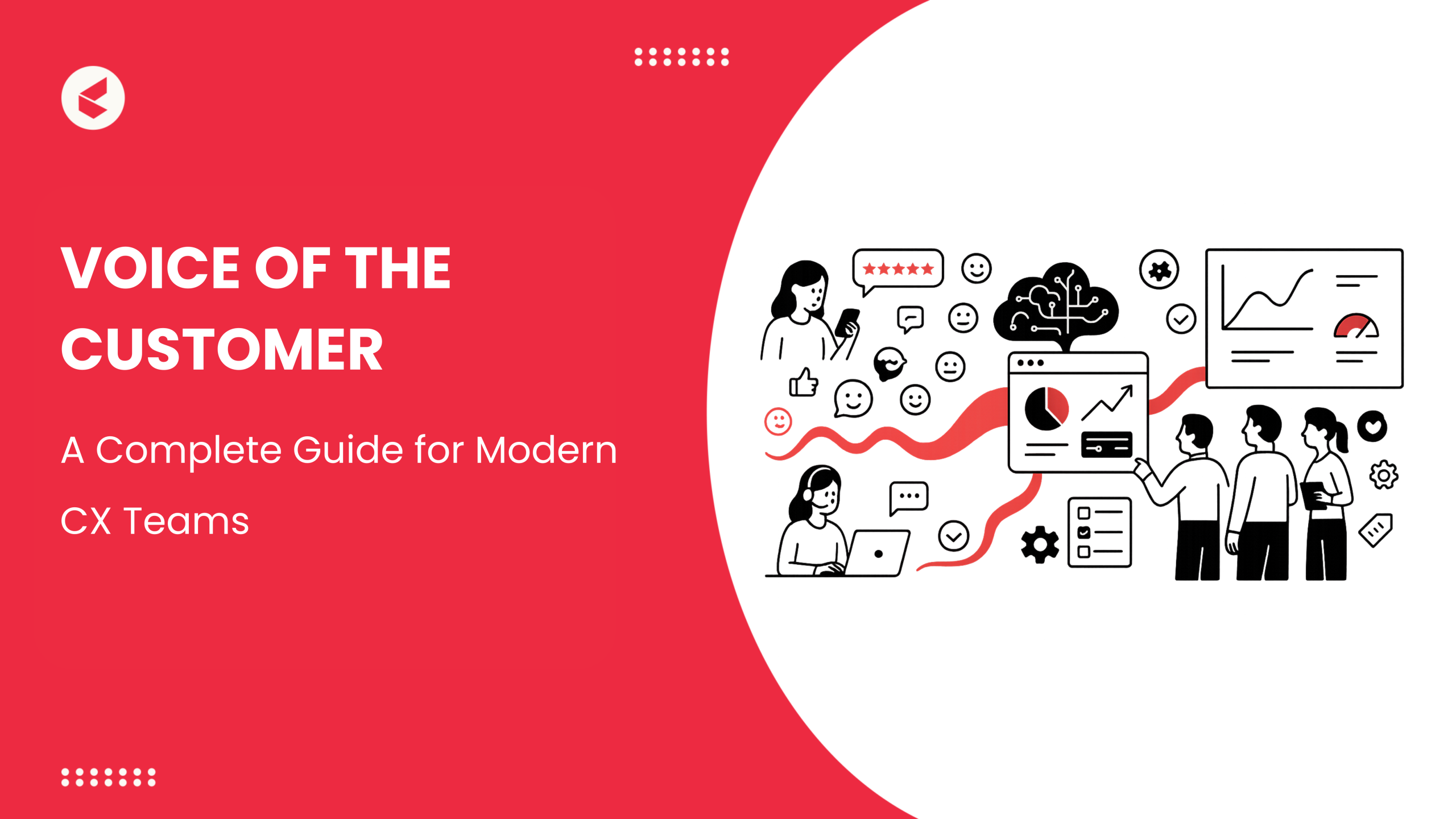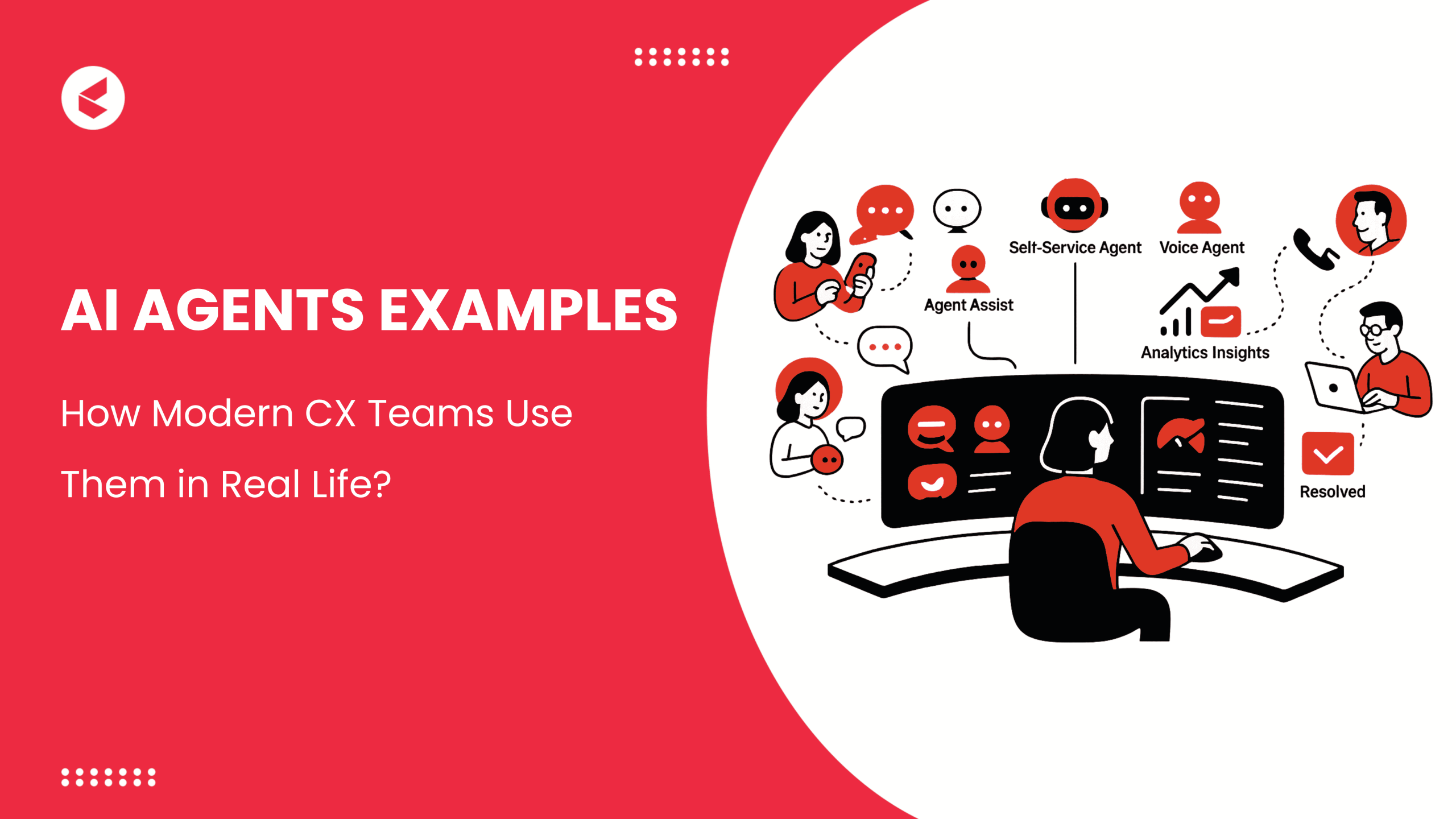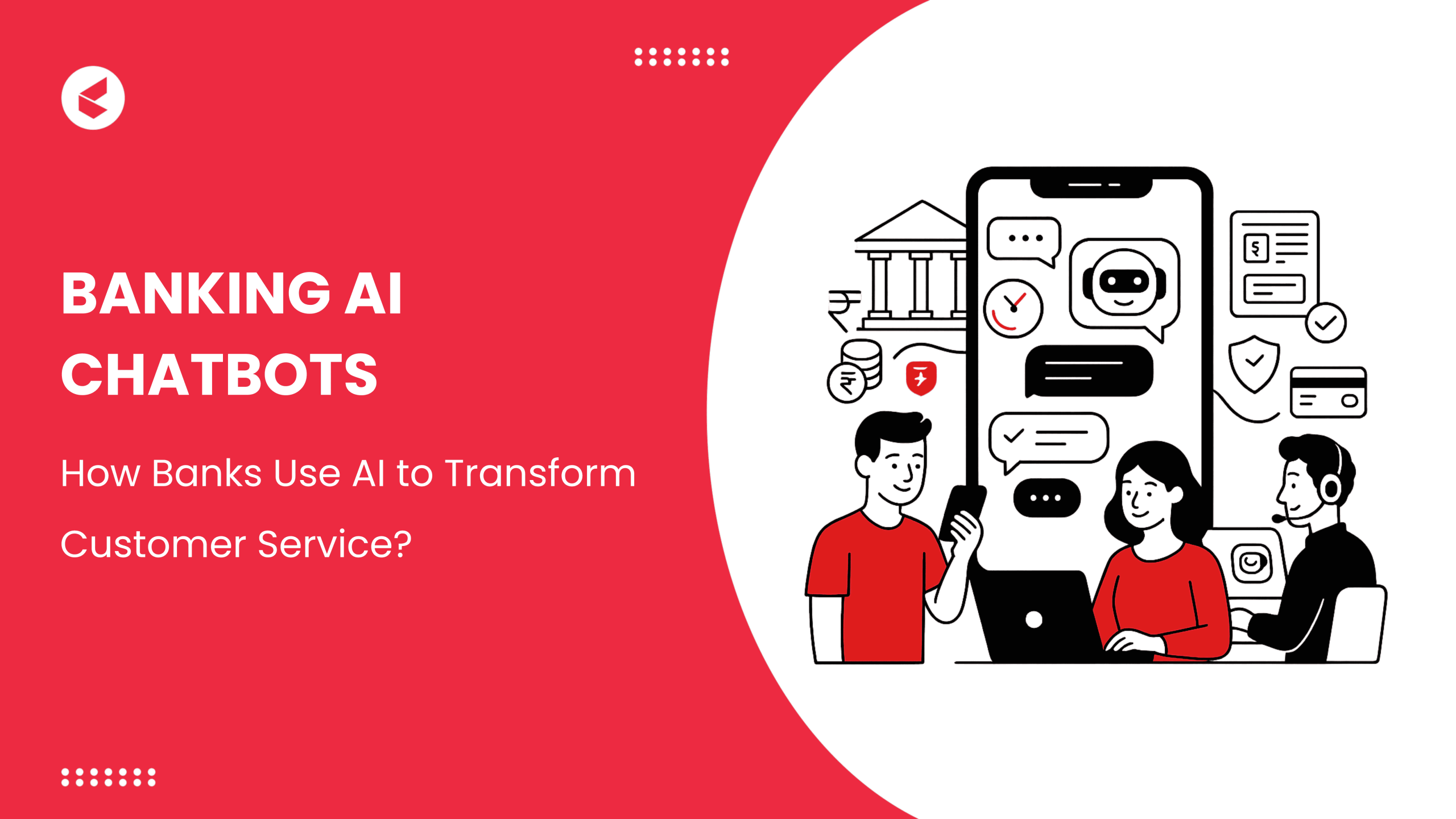Exceptional customer experiences are no longer just a bonus—they’re a necessity. For startups, building strong customer relationships is a strategic advantage that can fuel growth and differentiate your brand.
Customer service is crucial for startups in quantifying their performance. Every day, new companies emerge, and their success often hinges on keeping their target audience delighted with their products and services.
However, delivering top-notch customer service while balancing budget and time constraints can be a challenge. Here are ten strategies to help startups excel in customer service:
1. Setting Specific Objectives and Timelines
Every business that wants to offer excellent customer service to its customers must identify and set up objectives in order to establish a great customer base. After all, they’re the ones who will amplify your business to grow on a larger scale and help in generating better revenue.
However, stating that you want to provide excellent customer service isn’t measurable, and if it isn’t easily traceable, you won’t be able to chart a course to get there. Create targets that your team can measure and utilize to validate their progress, rather than aiming for faultless service. For example, aim to respond to all customer inquiries within 24 hours or achieve a 90% customer satisfaction rating by the end of the quarter.
2. Prioritize Customer Centricity
As startups grow, it’s easy to lose focus on individual customers. Ignorance of customers and their expectations will lead to failure. As a result, rather than forming highly-specialized teams in the early years, it is preferable to encourage collaborative customer-centricity.
Design and execute tactics for your startup’s customer service to continue creating awareness and give incentives for client-centricity:
- Discussion forums and responses on social media should be monitored on a timely basis.
- Developing marketing strategy and doing surveys to identify the needs of customers and areas to focus on for better performance.
- The Voice of the Customer approach should be emphasized for implementing changes into business plans.
3. Align Customer Service with Brand Culture
Make customer service an integral part of the company’s DNA and promote it. Most people, given the option, will try to solve their problems or discover answers to their inquiries on their own.
Make sure your startup’s customer service setup reflects your company’s brand and culture. It’s vital to decide how your customer service arrangement will work in terms of consumer perceptions. This is great news for a company with a small team. Rather than directing all customer inquiries to your team, empower your customers by developing a coherent information library.
4. Pick your Customer Service Channels Carefully
In a perfect scenario, you wouldn’t hinder your customers’ access to customer service or communication channels. Nowadays, it’s ideal especially for new-age startups to be present on all possible platforms (have an omnichannel presence, social media, email, self-service, live chat, and emerging channels like chatbots) so there isn’t any gap creating a conflict.
Pay special attention to the ones that your customers prefer and spend more on them.
5. Accelerate Onboarding with Intelligent Tutorials
You can construct sessions and schedule workshops for some of your product’s most used functions, freeing up service agents to concentrate on more complex customer service concerns.
95% of people have watched an explainer video to learn more about a product or service. Your customers are more likely to make a purchase after watching a video online. 64% more likely. In fact, 76% say it helped them increase traffic and 80% of marketers say video has increased dwell time on their website. –Topexplainers
Reduce the time your team spends teaching how to use a product while giving demos so that they’ve more time to focus on getting things done.
6. Keep the Surprise Element Alive
Your customers are people. A human sense of connection is frequently the most effective strategy to assist them in achieving their objectives. You can also make a positive impact by sending goodies or cards of appreciation. It takes a little more time, but the value far justifies the expenditure.
Assist the management department in developing methods to use this human connection to create unexpected and delightful experiences. Whatever you do, the purpose should be to build consumer trust by being friendly and proactive.
7. Close the Feedback Loop: Act on Customer Input
Early customer feedback is gold for startups. Don’t just gather it – act on it.
Here are a few ways to turn feedback into action:
Resolve Issues and Request Reviews: After successfully resolving a customer’s issue, you could ask them to share their positive experience in an online review. This builds social proof and helps attract new customers.
Turn Solutions into Content: If you find yourself answering the same questions repeatedly, create helpful resources like blog posts, FAQ articles, or short instructional videos. This empowers customers to self-serve and demonstrates your commitment to addressing their needs.
Engage with Potential Customers: Offer free trials or demos to prospects and gather feedback to tailor your product or service to their specific needs. Encourage them to spread the word through testimonials or by sharing referrals with their friends.
By actively listening to and acting on feedback, you show customers that their opinions matter and that you’re dedicated to continuously improving their experience.
8. Reduce Response Times
Global State report says, ”62% of consumers worldwide mentioned they have stopped doing business with a brand after a poor customer service experience”. And for startups, it becomes crucial to give their focus on providing the best customer experience in the shortest duration possible.
Workflow automation offers several techniques for increasing productivity and turnaround time:
- Task owners receive notifications and reminders.
- When a task runs out of time, you have a few alternatives for escalation.
- Dashboards and reporting based on KPIs to track efficiency and speed.
- Group assignments to ensure tasks and requests are assigned.
- Delegation of responsibilities.
- Re-assignment of group tasks.
9. Leverage Helpdesk Tools
Help desk softwares can centralize customer interactions, automate routine tasks, and provide valuable insights into customer satisfaction. Here are 3 help desk advantages for customer service benefiting startups:
- Resolving scalability problems
- Optimized ticketing mechanism
- Communicating with empathy
10. Build Self-Help Resources
Self-service is preferred by 40 percent of customers over traditional customer assistance channels, according to recent statistics. A comprehensive knowledge base is one of the most successful self-service choices.
AI-powered tools such as chatbots make customer service for startups and their self-help section efficient by instantly reacting to questions and guiding users. Artificial intelligence is also useful in the following areas:
- Determine the most prevalent client issues.
- For research, gather more information about clients, such as their age and location.
- Evaluate the preferences of your customers.
- Personalized deals and savings are delivered quickly.
- For real-time solutions, direct them to your blog posts and FAQ pages.
Kapture CX: An experience like never before
Kapture Service Cloud is an AI-powered customer support automation platform that gives you the much-required boost with an enhanced omnichannel experience and a dedicated account manager to look after your requirements. Get additional personalized features that make every customer connection as valuable as possible.
,
,
,
,
,
,
,
,
,
,
,
,
,












